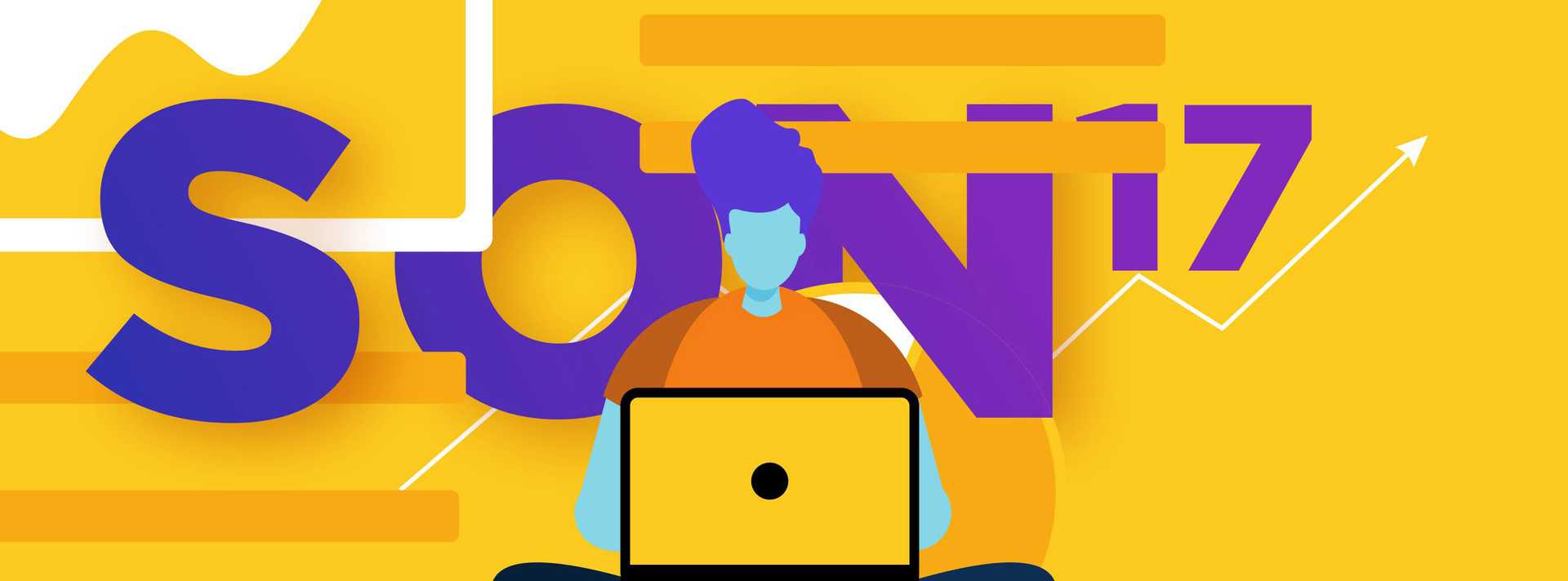
December 23, 2019
Every six months, the Developer Economics Survey captures the voice of more than 20,000 developers globally. Our surveys engage developers working across mobile, desktop, IoT, cloud, web, game, AR/VR, machine learning development and data science, decoding development trends.
The 17th Developer Economics survey ran between June and August 2019. The data analysed provided really interesting insights about the different developer profiles out there.
For instance, one in three developers are all-rounders. Only one in five declare themselves as specialists. There are almost four times as many introverts (37%) as extroverts (10%) among developers. This is a significant difference from the 2:1 ratio in favour of extroverts found in the wider community.
We also included several unusual labels, uncovering, for example, that there are double the number of night owl developers than early birds (29% compared to 14%).. What time is it with you right now?

Javascript remains the Queen
Looking, into programming language trends we found that JavaScript remains the queen with a community of over 11M active developers. On the second tier we have Java (6.9M) and Python (6.8M).
Our data challenges the assumption that developers’ language use is relatively stable over time. Instead, it seems that developers drop and adopt new languages all the time, depending on their needs and on their running projects.
Kotlin is the rising star among programming languages. It moved up from 11th to 8th place in just a year.
Growing interest and adoption in 5 emerging technologies
We saw a significant increase in developers’ involvement and adoption of five technologies in the 6 month period ending Q2 2019. These are DevOps, mini-apps, computer vision, cryptocurrencies, and fog/edge computing. For DevOps in particular, the percentage of developers who are either interested in it, learning about it, or have already adopted it increased from 66% to 70%.
Computer vision, on the other hand, saw a noticeable growth in the number of developers involved in it. Meanwhile, the share of those developers who are actually adopting it increased only slightly.
Interest in robotics and quantum computing also increased.
However, the share of interested developers that are working on the technology dropped.
Interest and adoption in blockchain applications other than cryptocurrency, conversational platforms/voice search, drones and biometric technologies remains constant.
Streaming games and extending reality
Just 16% of professional and 10% of hobbyist game developers say they are actively working on designing games for streamers to live-stream their gameplay to an audience. Gameplay streaming is mostly associated with brand promotion and revenue generation. Therefore, the difference between professional and hobbyist interest is to be expected.
One in five AR/VR game developers design for gameplay streaming. This might be because they are the most comfortable with different models for their games, on emerging hardware and across new business channels.
Decoding development trends across regions and screens
- 2 out of 5 app developers in Asia build apps for messaging platforms and/or chatbots.
- 34% of mobile developers used cross-platform frameworks in the last 12 months (40% of professional mobile developers, 33% of hobbyists and students).
- Almost one in four mobile developers opt to use React Native.
- 31% of mobile developers whose primary target is iOS are using React Native. This compares with 21% of those who primarily target Android.
You can read the full State of the Developer Nation report here.
We look forward to decoding development trends in our next report. You can help shape the trends by taking the 18th Developer Economics survey here!
Recent Posts

August 27, 2025
How to Find the Right Learning Path When You’re Switching to a Tech Career
See post

August 22, 2025
Developer News This Week: AI Speed Trap, GitHub Copilot Agents, iOS 26 Beta Updates & More (Aug 22, 2025)
See post

August 08, 2025
Developer News This Week: GitHub GPT-5, VS Code 1.103 & Chrome 139 (Aug 8, 2025)
See post